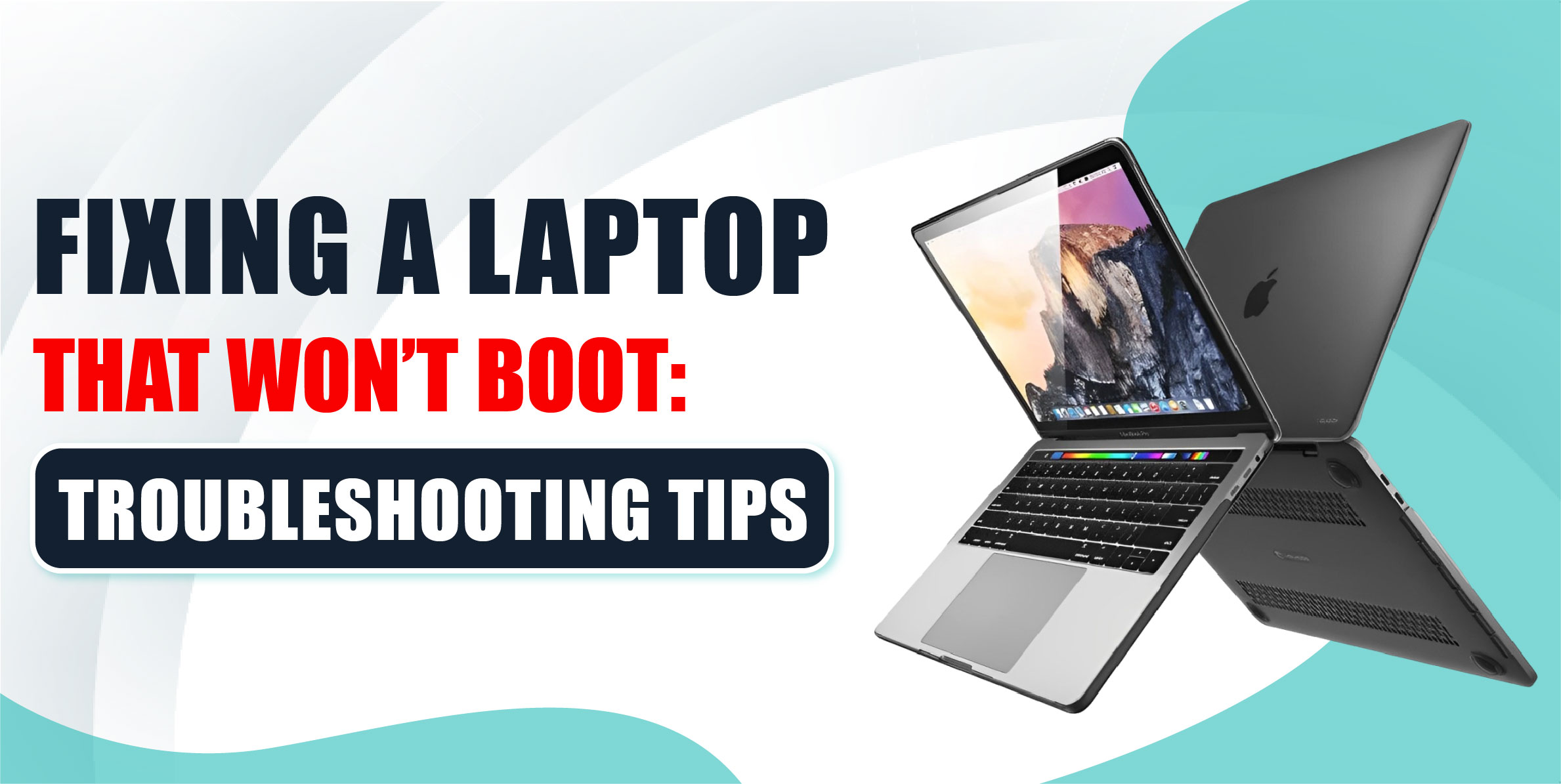
A laptop that refuses to boot can be a major inconvenience, halting your productivity and causing unnecessary stress. However, before you panic or consider professional repair, there are several troubleshooting steps you can take to diagnose and potentially fix the issue yourself. Here’s a step-by-step guide to help you get your laptop back up and running.
1. Check the Power Source
The most common cause of a laptop not booting is a simple issue with the power source. Begin by checking if the laptop is receiving power:
Ensure the power adapter is securely connected to both the laptop and the electrical outlet. Sometimes a loose connection can be the culprit.
Verify that the power adapter is functioning. If possible, test it with another compatible device or use a different adapter to see if the laptop responds.
Inspect the power cable for any visible damage. Frayed or broken cables can prevent the laptop from charging or powering on.
2. Perform a Hard Reset
A hard reset can sometimes resolve boot issues caused by temporary software glitches. Here’s how to perform a hard reset:
Disconnect all external devices such as USB drives, printers, and external monitors.
Remove the power adapter from the laptop.
Press and hold the power button for about 15-20 seconds. This discharges any residual power from the laptop.
Reconnect the power adapter and try turning the laptop on again.
3. Check the Battery
If your laptop is equipped with a removable battery, it’s worth checking whether the battery is the issue:
Remove the battery (if possible) and connect the power adapter to the laptop.
Attempt to power on the laptop. If it boots up successfully without the battery, the battery might be faulty.
Reinsert the battery and try booting again. If the laptop doesn’t boot with the battery installed, you may need to replace it.
4. Listen for Beep Codes
Many laptops have built-in diagnostic codes that can help identify hardware issues:
Power on the laptop and listen for any beep sounds or see if any lights blink. These codes can indicate specific hardware problems.
Refer to your laptop’s manual or the manufacturer’s website to decode the beep or light patterns. This information can help you narrow down the problem.
5. Boot into Safe Mode
If your laptop powers on but fails to boot into the operating system, try booting into Safe Mode:
Turn off the laptop and then power it back on.
Immediately press and hold the F8 key (or Shift + F8 on some models) to access the Advanced Boot Options menu.
Select Safe Mode from the list of options. Safe Mode loads only essential drivers and can help you diagnose software-related issues.
6. Check for Hardware Issues
If none of the above steps work, there may be a hardware issue:
Remove and reseat the RAM: Sometimes, a loose or improperly seated RAM module can prevent booting. Power off the laptop, remove the battery and power adapter, and carefully reseat the RAM modules.
Inspect the hard drive connections: If you’re comfortable, check that the hard drive is securely connected to the motherboard. Loose connections can prevent the laptop from booting.
7. Use Recovery Media
If the laptop still won’t boot, you may need to use recovery media to fix corrupted system files:
Create a bootable USB drive or CD/DVD with a recovery tool or operating system installer.
Insert the media into the laptop and restart it.
Access the boot menu (often by pressing F12 or Esc during startup) and select the recovery media as the boot device.
Follow the on-screen instructions to repair or reinstall the operating system.
8. Consider Professional Help
If these troubleshooting steps don’t resolve the issue, it might be time to seek professional help. TechCity’s expert technicians offer comprehensive laptop repair services and can efficiently diagnose and fix hardware or software problems that are beyond the scope of DIY repairs. While attempting to fix a laptop yourself can be rewarding, it often comes with risks, such as causing further damage or voiding warranties.
TechCity’s team is well-versed in handling a wide range of laptop issues and provides a reliable and effective solution tailored to your device. Opting for professional repair not only ensures that your laptop is handled with care but also saves you time and potential frustration.
Conclusion
In conclusion, while it’s important to try basic troubleshooting steps first, don’t hesitate to reach out to a professional like TechCity if the problem persists. Their expertise can provide a quicker, more efficient resolution and get your laptop back to optimal performance in no time.